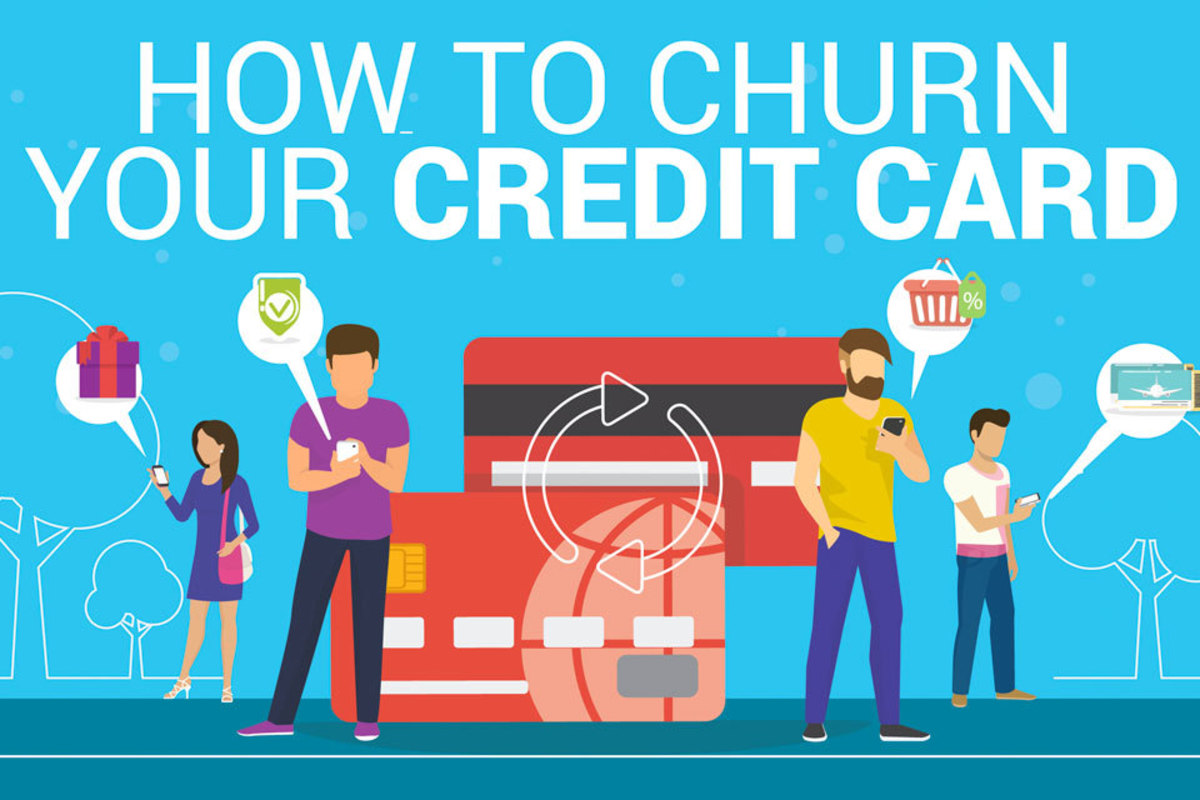
Credit card churning, often called “the art of churning,” refers to the strategic process of signing up for credit cards to earn lucrative bonus offers such as cash back, travel points, or airline miles. While it may sound like a fast track to free rewards, churning requires careful planning, discipline, and understanding of the fine print to avoid common pitfalls.
In this guide, we’ll walk you through how to churn credit cards effectively while protecting your credit score and maximizing your rewards.
What is Credit Card Churning?
At its core, credit card churning involves repeatedly opening new credit cards to take advantage of signup bonuses. Many credit cards offer enticing incentives, like earning 50,000 or more airline miles after spending a certain amount within the first three months. By cycling through different cards, consumers can rack up significant rewards, often leading to free travel or large cash back payouts.
However, it’s important to note that churning is not for everyone. It involves managing multiple accounts and knowing when to close them without damaging your credit.
How to Get Started with Credit Card Churning
- Research and Choose the Right Credit Cards Before diving into churning, research cards with the best bonus offers that align with your spending habits. Some cards focus on travel rewards, while others emphasize cash back. Make sure to understand the terms, including any required spending thresholds, annual fees, and reward expiration dates.
- Meet the Minimum Spend Requirements To qualify for signup bonuses, many credit cards require you to spend a specific amount within the first few months. Plan your spending carefully to meet these requirements, but avoid making unnecessary purchases just for the sake of hitting the target.Tip: Use the card to pay for regular expenses such as groceries, bills, and gas to meet the spending threshold naturally.
- Track Your Cards and Spending Churning often involves managing several credit cards at once, so it’s crucial to stay organized. Track key dates, such as when you opened the card, when the bonus was earned, and when the annual fee is due. Tools like spreadsheets or apps can help you keep tabs on your credit cards and spending patterns.
- Pay Off Balances in Full One of the cardinal rules of churning is to always pay off your balances in full. Carrying a balance can lead to high-interest charges that quickly wipe out any rewards you earn. Churning is only profitable if you avoid debt.
- Consider the Long-Term Impact on Your Credit Score While churning can provide short-term benefits, opening and closing multiple cards can impact your credit score. Every time you apply for a credit card, a hard inquiry is recorded, which may temporarily lower your score. Additionally, canceling cards too soon can reduce your average account age, another factor in your credit score.To minimize this impact, pace your applications and try to keep older cards open if they don’t charge an annual fee.
- Maximize Reward Redemptions Once you’ve earned the signup bonus, the next step is to redeem your rewards effectively. Travel rewards, in particular, often provide the best value when redeemed for flights or hotel stays. Be mindful of blackout dates, point devaluation, and transfer partners to get the most bang for your buck.
The Risks of Churning
Churning can be highly rewarding, but it’s not without risks:
- Credit Score Damage: As mentioned, opening and closing multiple cards can harm your credit score, especially if you’re not careful with timing.
- Annual Fees: Some premium rewards cards come with high annual fees, which can eat into your profits if you don’t maximize the rewards.
- Temptation to Overspend: The desire to hit a spending threshold can lead to unnecessary purchases, putting you at risk of accumulating debt.
Is Credit Card Churning Worth It?
For disciplined individuals with a good credit score, churning can be an excellent way to earn rewards quickly. However, if you’re prone to missing payments or overspending, the costs may outweigh the benefits. Consider your financial situation and goals before deciding if churning is right for you.
Conclusion
Credit card churning is an art that requires strategy, discipline, and a solid understanding of credit card terms. By carefully selecting cards, meeting spending requirements, and paying off balances in full, you can reap significant rewards while keeping your credit score intact. Just be mindful of the risks and ensure you stay organized to maximize the benefits of churning.
With the right approach, you can master the art of credit card bonus offers and unlock valuable perks. Happy churning!
